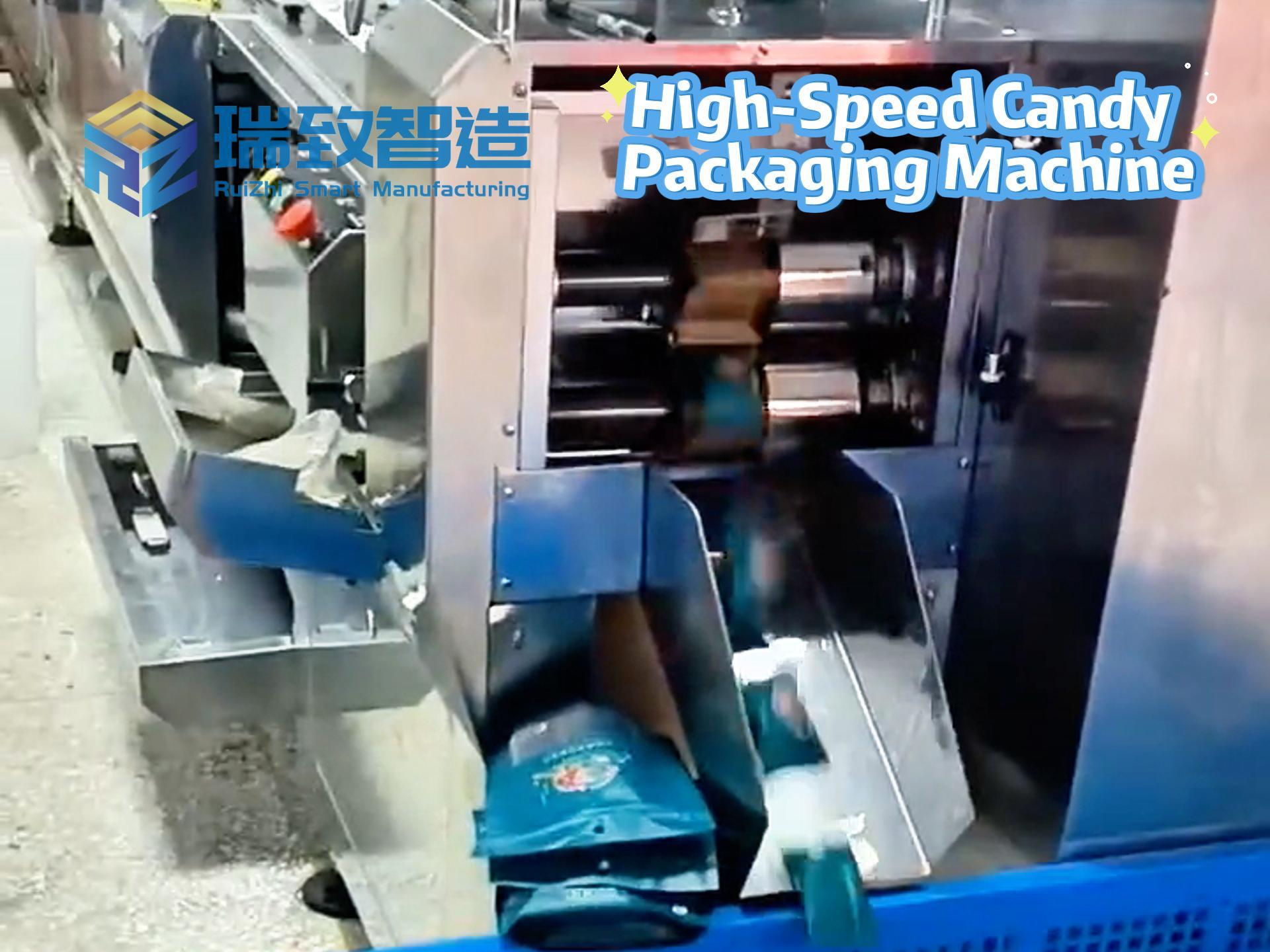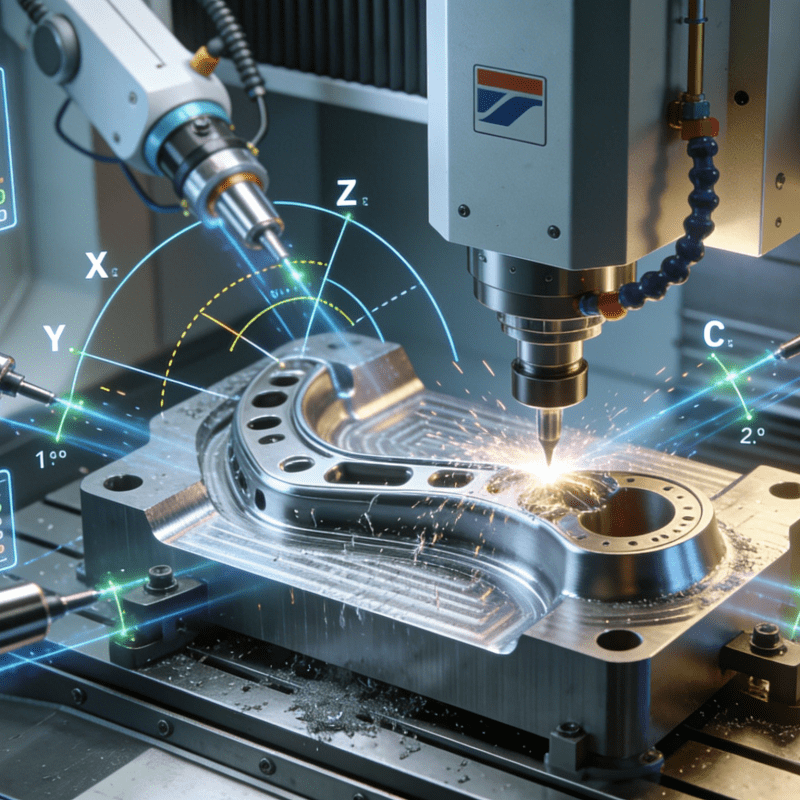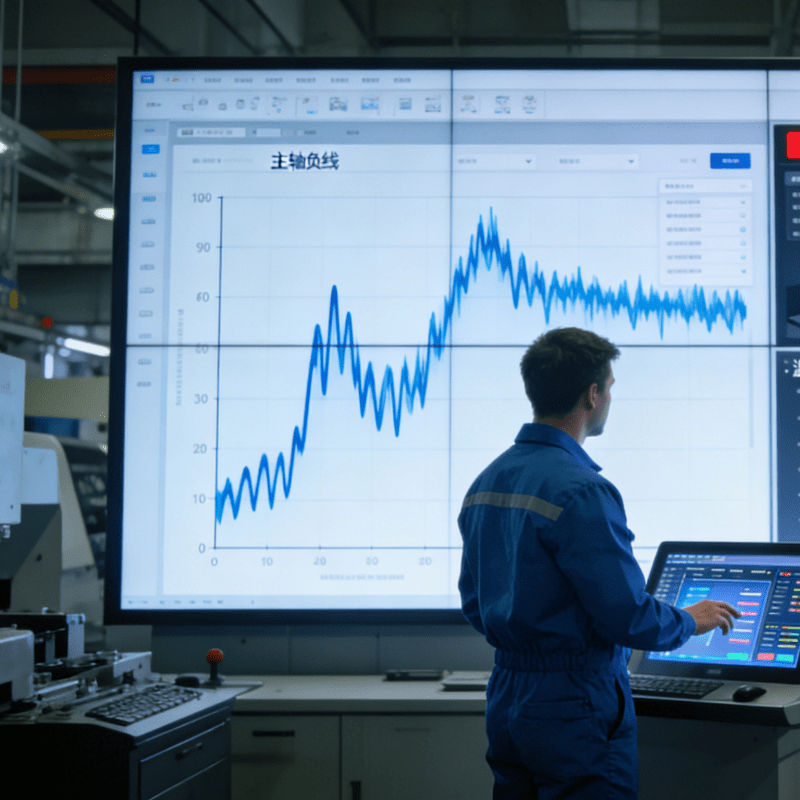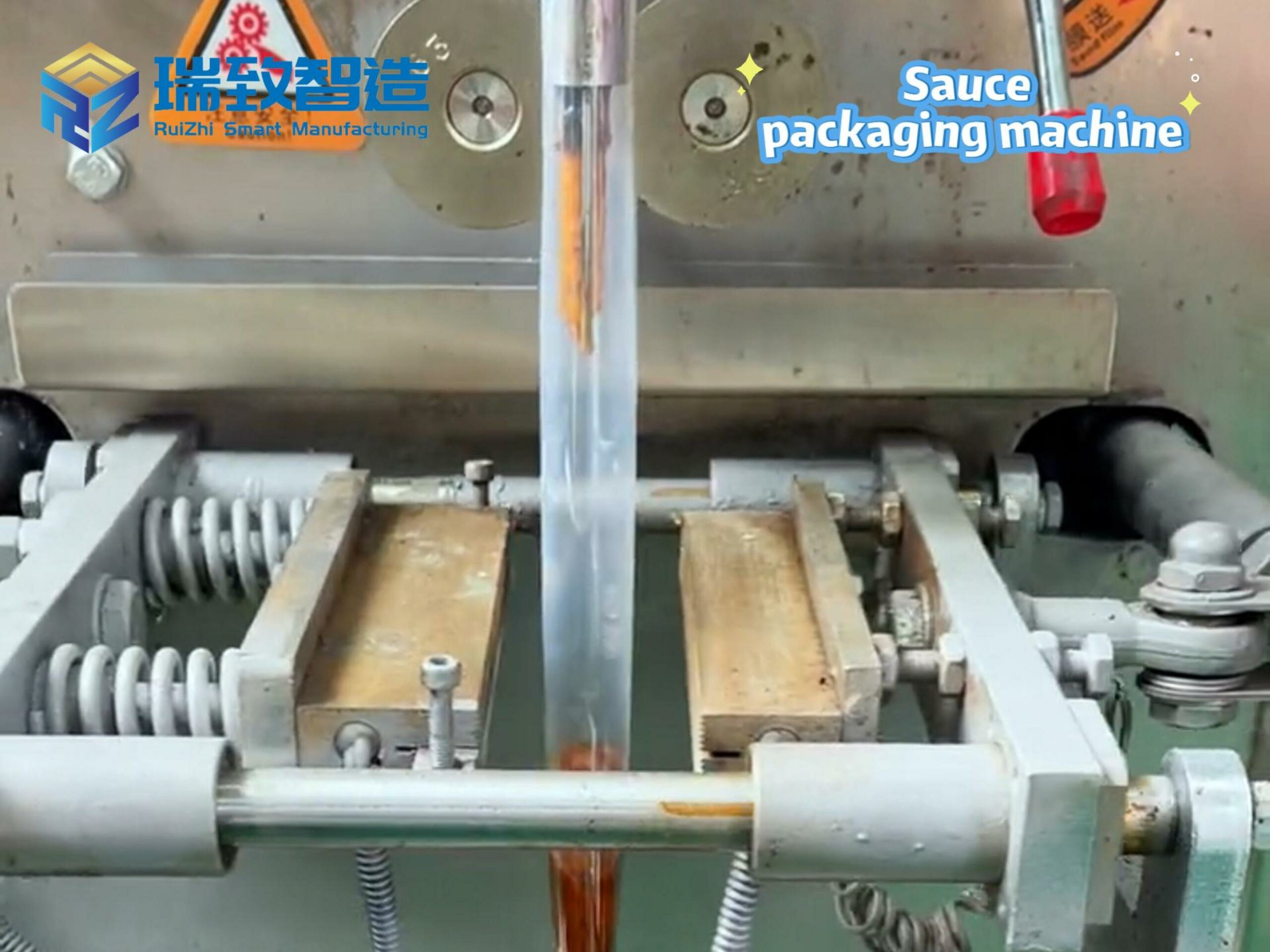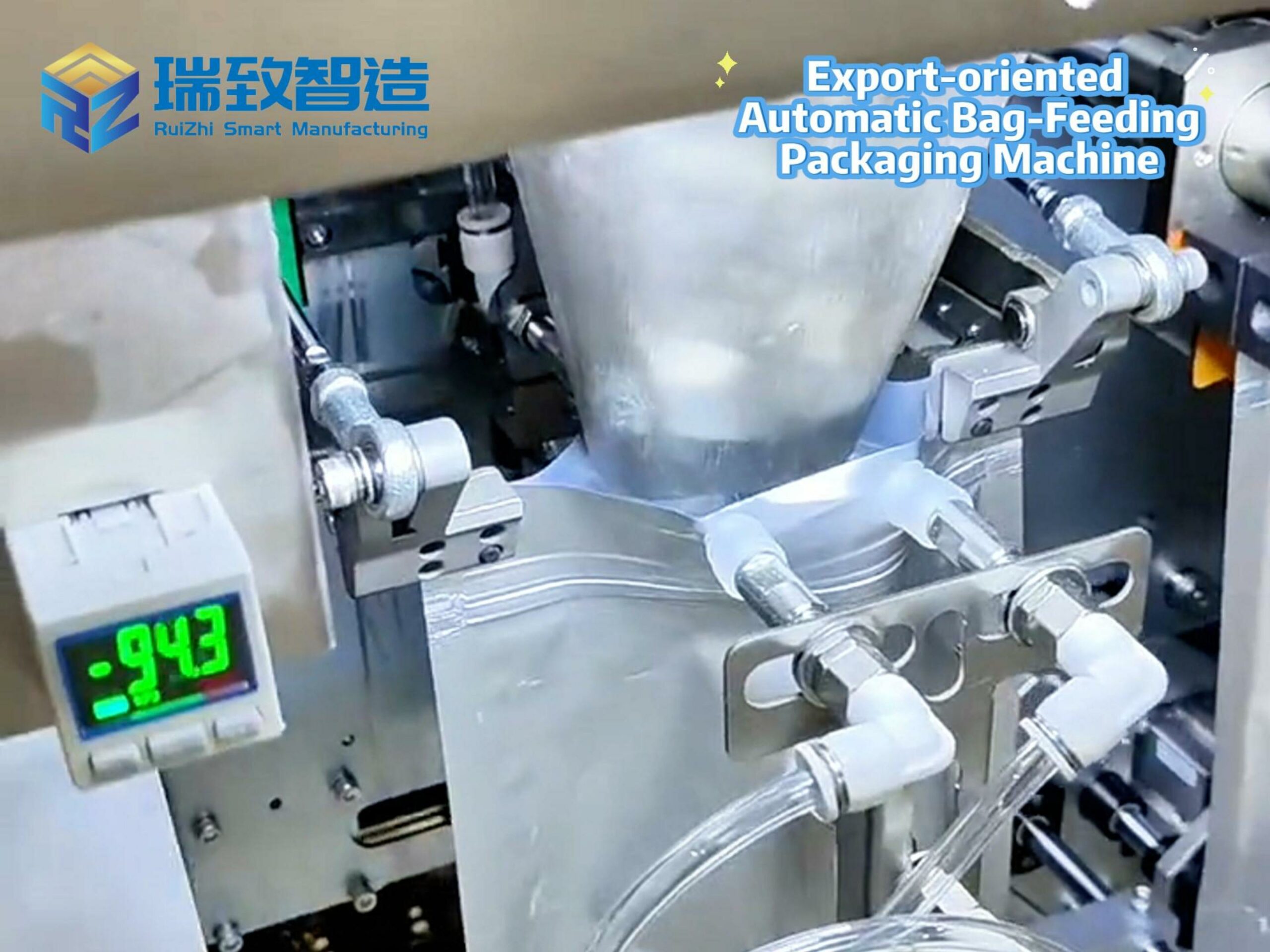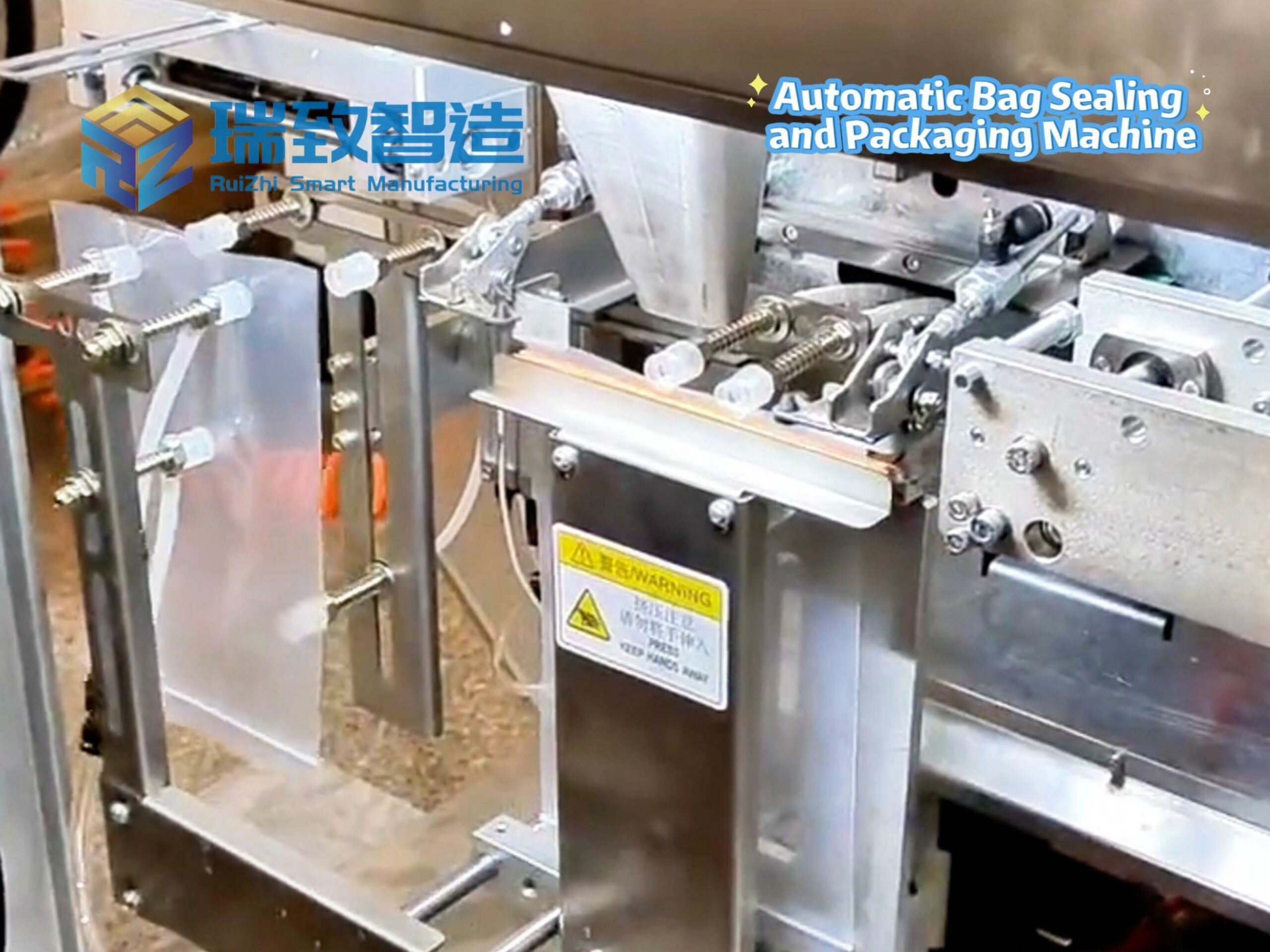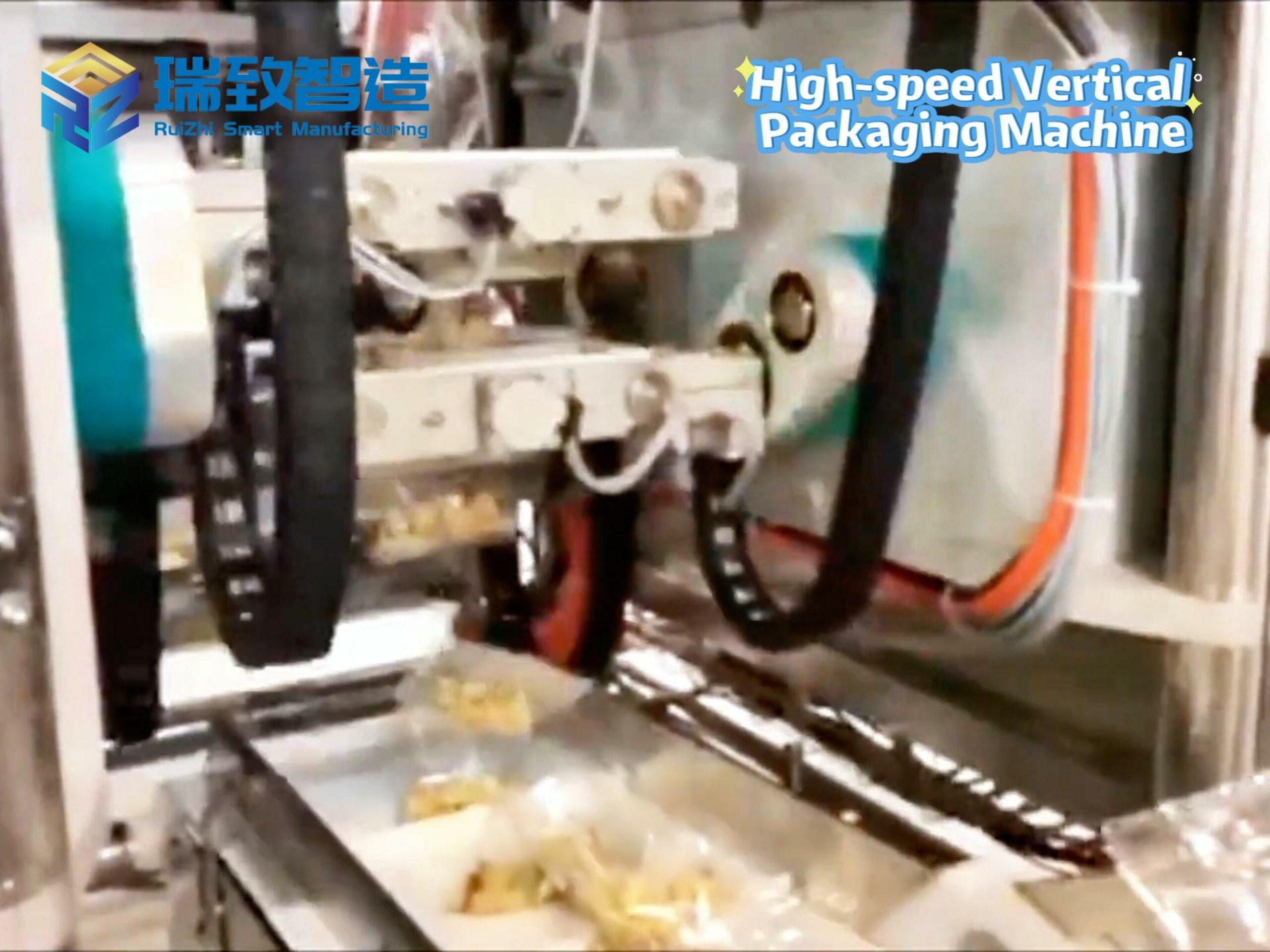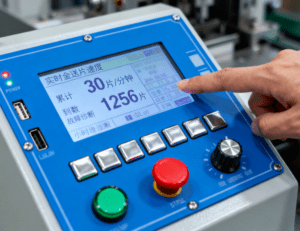
In the production chains of electronics, automotive precision components, and medical devices, small metal sheets—such as 0.1mm-thick stainless steel shims, 5mm-wide copper contacts, and 0.5mm-thin aluminum gaskets—are the “hidden cornerstones” of product performance. Their thinness, fragility, and high precision requirements (often with dimensional tolerances within ±0.02mm) make manual feeding a persistent bottleneck: workers struggle to separate stacked sheets without scratches, positioning errors frequently exceed 0.5mm, and hourly throughput is limited to 300-500 pieces. The emergence of Automatic Feeding Equipment for Small Metal Sheets has rewritten this scenario. By integrating “intelligent separation + precision positioning + adaptive conveying,” it has become the “precision gatekeeper” connecting raw material storage to downstream processing, redefining efficiency standards for micro-metal component production.
The “Three Dilemmas” of Small Metal Sheet Feeding: Why Automation is Indispensable
Small metal sheets differ from bulk materials in three critical pain points that traditional methods cannot resolve, creating an urgent need for automated solutions:
Adhesion and Scratching: The “Invisible Enemy” of Surface Quality
Thin metal sheets (≤0.3mm) often stick together due to static electricity, oil residues, or air pressure, making manual separation prone to bending or surface scratches. For example, in the production of smartphone camera shims (with surface roughness Ra ≤0.05μm), manual feeding causes a 5-8% scratch rate, directly leading to product scrap.
Precision Positioning: The “Millimeter Gap” That Breaks Processes
Downstream processes like stamping, welding, or bonding require small metal sheets to be fed to a specific position with ±0.05mm accuracy. Manual placement relies on visual alignment, resulting in average errors of 0.3-0.8mm, which disrupts subsequent operations—e.g., misaligned shims in automotive sensors can cause signal interference, increasing rework rates by 10%.
Efficiency Bottlenecks: Labor Fatigue Limits Scale
A single worker can handle only 300-500 small metal sheets per hour, and fatigue exacerbates errors in long shifts. Semi-automatic equipment, which relies on manual stacking, fails to adapt to frequent size changes (e.g., switching from 10×10mm to 15×5mm sheets requires 30+ minutes of adjustment), making it unsuitable for flexible production.
Core Technologies: How Automation “Tames” Tiny Metal Sheets
The equipment’s ability to handle small metal sheets hinges on three integrated technologies, forming a “separation-positioning-conveying” closed-loop system that turns fragility and precision into manageable parameters:
Intelligent Separation: Breaking the “Adhesion Curse”
The key to feeding small metal sheets lies in separating stacked sheets without damage. The equipment uses a multi-modal separation strategy tailored to material properties:
For ferrous materials (e.g., carbon steel shims), a “magnetic separation + air blow” system is employed: a low-intensity electromagnet (0.5-2T) lifts the top sheet, while a high-pressure air jet (0.4-0.6MPa) severs adhesion with the sheet below, ensuring single-sheet separation with 99.9% success.
For non-magnetic materials (e.g., aluminum or copper), a “vacuum suction + flexible peeling” method works: a micro-vacuum cup (diameter 3mm) suctions the top sheet, while a silicone scraper (hardness Shore A 60) gently peels it from the stack, avoiding static-induced re-adhesion.
Static elimination bars (generating ±50V ions) are installed above the feeding area to neutralize surface charges, reducing adhesion incidents by 90% compared to manual handling.
High-Precision Positioning: “Pinpointing” to Micron Levels
To achieve sub-millimeter accuracy, the equipment combines vision and mechanical calibration:
A 20-megapixel industrial camera with telecentric lens captures the sheet’s edge features (e.g., holes, notches) at 120 frames/second, calculating its center coordinates and rotation angle with ±0.01mm precision.
A servo-driven X-Y platform (with 0.001mm step resolution) adjusts the sheet’s position, using edge sensors to verify alignment—e.g., ensuring a 0.1mm-thin shim is centered on a stamping die with 0.03mm tolerance.
AI algorithms trained on 5,000+ sheet samples compensate for minor deformations (e.g., slight warping from storage), maintaining positioning stability even for imperfect workpieces.
Adaptive Conveying: Protecting Fragility in Motion
Thin metal sheets are prone to wrinkling or tearing during transport. The equipment’s conveying system is designed for gentleness and adaptability:
A “vacuum belt + micro-roller” conveyor moves sheets at adjustable speeds (0.5-2m/min). The belt’s porous surface (0.1mm holes) creates uniform suction to hold sheets flat without deformation.
For ultra-thin sheets (≤0.1mm), a “floating air cushion” system is used: compressed air (0.1-0.2MPa) flows through tiny nozzles to suspend the sheet 0.5mm above the conveyor, eliminating contact friction entirely.
Modular guides (easily swapped via quick-release clamps) adapt to sheet sizes from 3×3mm to 50×50mm, reducing changeover time from 30 minutes (manual) to 2 minutes.
Scene Applications: From Workshop Corners to Smart Lines
In industries reliant on small metal sheets, the equipment has delivered tangible gains in quality and efficiency:
Electronics Manufacturing: Camera Shims with “Zero Scratches”
A smartphone component factory producing 0.1mm stainless steel camera shims faced a 7% scratch rate with manual feeding, leading to 50,000+ scrapped parts monthly. After adopting the automatic feeding equipment:
Magnetic separation with air blow ensured single-sheet pickup, while static elimination bars reduced adhesion.
Vision positioning aligned shims to the bonding station with ±0.02mm accuracy, and vacuum conveying prevented surface contact.
Scratch rate dropped to 0.3%, saving $120,000/year in material costs, and throughput increased to 2,000 pieces/hour (4x manual speed).
Automotive Sensors: Precision That Prevents Malfunctions
An auto parts plant assembling pressure sensors required 5×3mm copper contacts to be fed into welding jigs with ±0.05mm precision. Manual feeding caused 12% of sensors to fail due to misalignment. With the equipment:
Vacuum suction cups picked contacts from stacks, and 2D vision identified their notch orientation.
The X-Y platform adjusted positions, ensuring the contact’s weld point aligned perfectly with the sensor terminal.
Welding yield rose from 88% to 99.5%, reducing rework labor by 80%.
Medical Devices: Sterile Feeding for Critical Components
A medical device manufacturer producing 0.3mm titanium gaskets for pacemakers needed contamination-free feeding (ISO 8 cleanroom standards). The equipment’s enclosed design—with HEPA-filtered air, stainless steel surfaces, and EO-sterilized contact parts—prevented particle adhesion.
Automated feeding eliminated human contact, reducing particulate contamination from 15 particles/ft³ to <1 particle/ft³.
Precision positioning ensured gaskets fit into pacemaker housings without gaps, passing strict leak-test standards.
Future Evolution: Toward “Self-Optimizing” Feeding Networks
As micro-manufacturing advances, Automatic Feeding Equipment for Small Metal Sheets is evolving from standalone devices to core nodes in intelligent production lines, with three key trends:
AI-Driven Self-Calibration
By analyzing historical data (e.g., separation success rates, positioning errors), the system will autonomously adjust parameters—e.g., increasing air pressure by 5% when humidity exceeds 60% (to counteract increased adhesion) or modifying vacuum force for warped sheets—reducing manual tuning by 90%.
Seamless Line Integration
Via industrial IoT, the equipment will sync with downstream stamping/welding machines, dynamically adjusting feeding speed based on processing rhythm (e.g., slowing to 1 piece/second when the welder is in a cooling cycle) to eliminate bottlenecks and boost line efficiency by 30%.
Sustainability Upgrades
Energy-efficient servo motors and low-pressure air systems will cut power consumption by 25%, while recyclable vacuum belt materials and anti-corrosion coatings (for medical use) will align with green manufacturing standards.
From the tiny shims in smartphones to the critical contacts in automotive sensors, small metal sheets demand precision that manual labor can no longer meet. Automatic Feeding Equipment for Small Metal Sheets transforms their handling from a “nerve-wracking chore” into a “reliable process,” proving that in micro-manufacturing, “small” does not mean “insignificant”—and that automation is the key to unlocking their full potential. As industries chase higher precision and flexibility, this equipment will remain the unsung hero ensuring every tiny metal sheet arrives exactly where it needs to be, exactly when.

